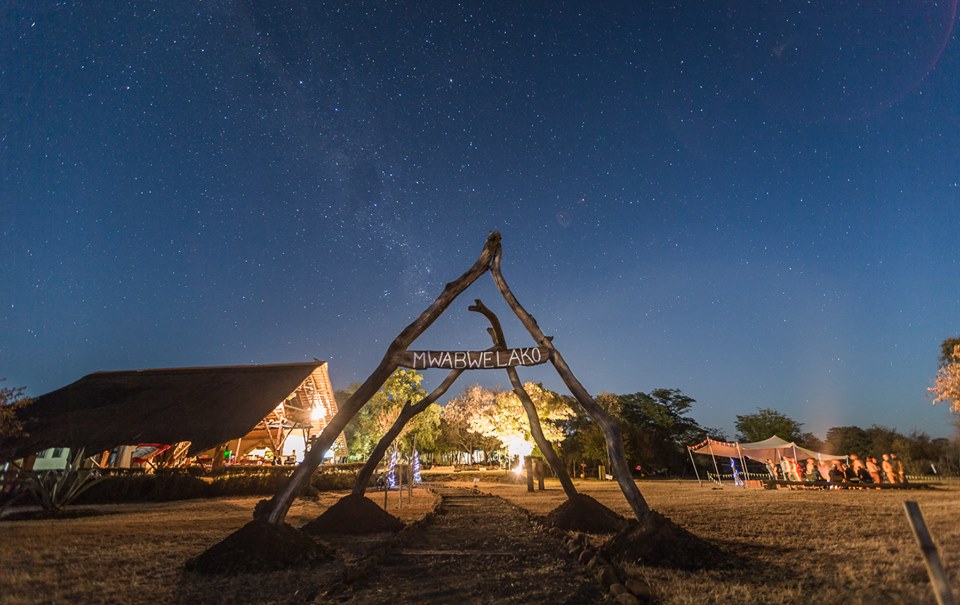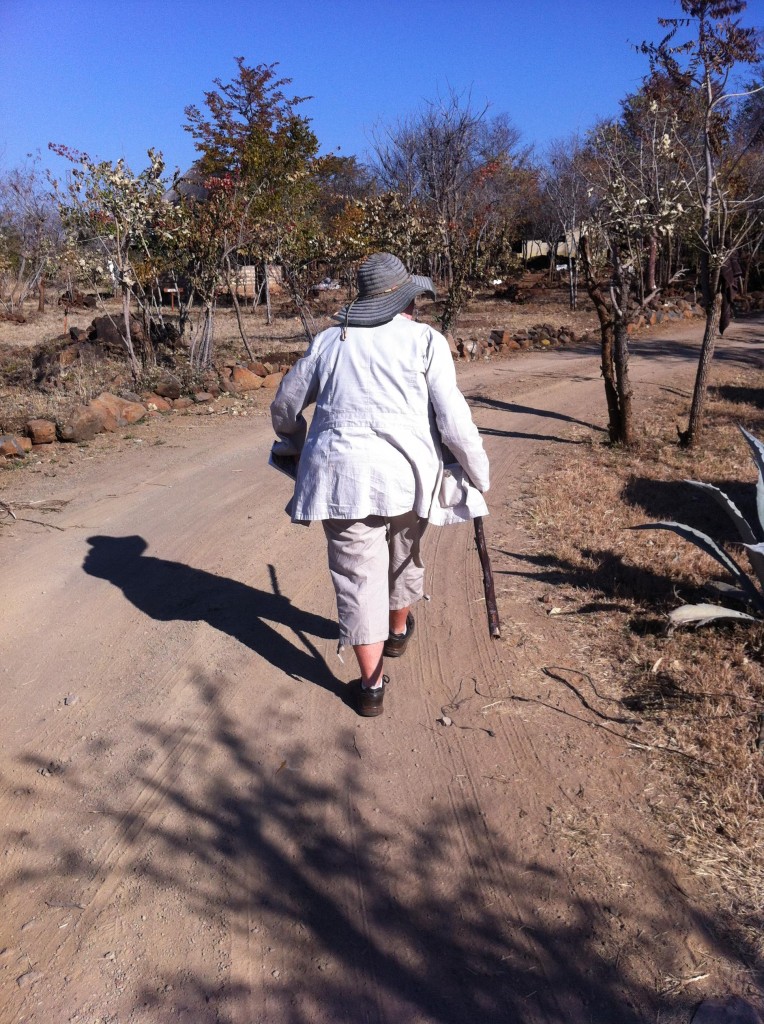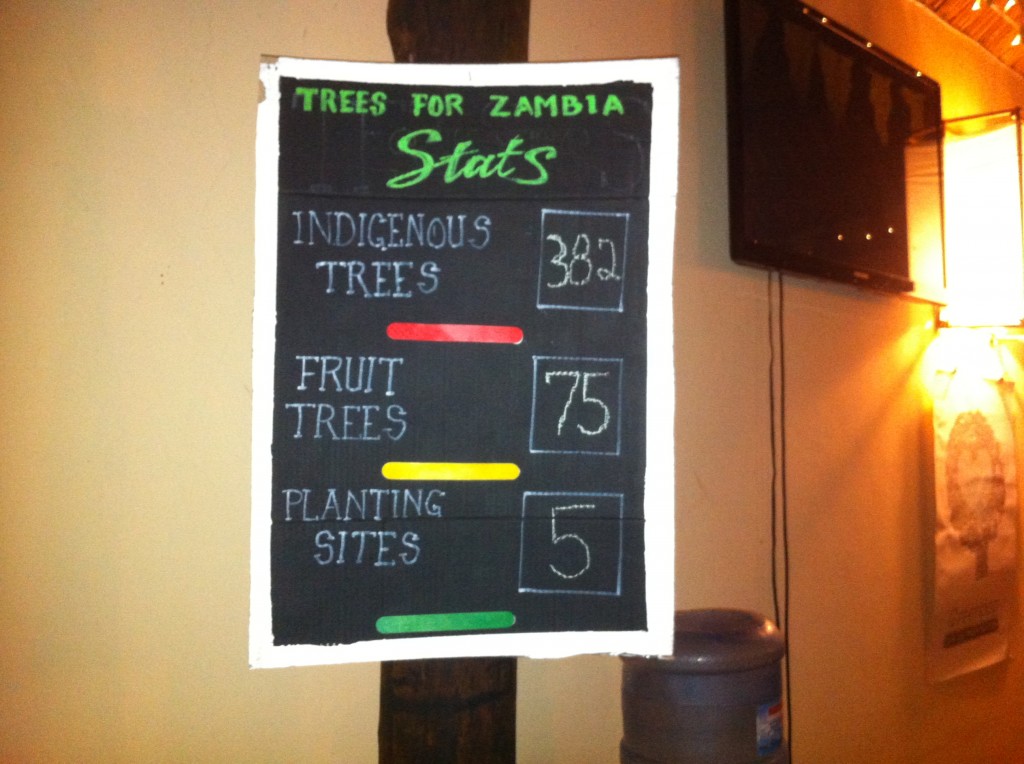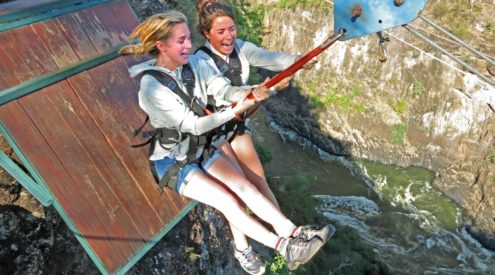You can learn a lot at Trees for Zambia: from travel tips to local medicines. Here are some of the best things I’ve learnt in the first of three weeks in Livingstone with Greenpop.
Check out last year’s coverage:
5 reasons to plant trees with Greenpop
Beautiful photoblog: Trees for Zambia 2013
7 lessons from Trees for Zambia
1. Don’t drive through Zimbabwe unless it’s absolutely necessary
For the African traveller, getting there is half the problem. But if your route to Zambia is going to take you through Zimbabwe, reaching your destination on time with your budget intact presents what at times seems to be an almost insurmountable challenge. Zimbabwe’s underpaid police force appear to have taken to the roads en masse in order to supplement their meagre income, and we’d passed through seven or eight roadblocks before we were 100 kilometres into the country. There were many, many more along the Bulawayo – Victoria Falls road, and at each we were surprised by the selective, and highly creative, application of the ‘law’. There were fewer of their Zambian counterparts around once we’d crossed the border, but they do have a reputation for being meaner.
2. How to do voluntourism right
Greenpop is not an extension of the white saviour industrial complex. Or, at least they approach their task of helping people and the environment with the right sort of gentle, considered humility.
“We’re not here to save Zambia,” explains Lauren O’Donnell, Greenpop’s Director and one of the organisation’s founders. “That’s impossible for us to do, and it’s also an ignorant way of thinking. We’re not here to solve the problem of deforestation in Zambia, or to point the finger at charcoal burners. Planting trees is awesome, but it’s not going to solve the problem. But what we can do is help to plant a seed, or light a spark, that will hopefully contribute in some way to solutions that come from Zambia itself.” Greenpop involves local Zambians at every level of their project and when the community speaks, they listen. If you’re going to run a volunteer project in a foreign country, this is how to do it.
3. Get lost to find friends
Once you do get to Zambia, the first thing you’re going to want to do is get hopelessly, irretrievably lost. Stick with me on this one. My first solo walk through Livingstone was a mapless one, and with my internal compass spinning I was soon three blocks from nowhere, without a clue as to how to get back to where I started. It was great. Away from the tourist market of Mukuni Park, the only things that people wanted to give me were warm smiles, friendly greetings, directions (if I wanted them) and sometimes a sample of their streetfood. The roasted cassava with coarse salt was particularly good. Open with a smiled “Muli bwanji?” (how are you?) and you’ll be fine. If you hear those words, respond with “Bueno! Bwanji?” (Good! How are you?).
4. Identifying trees is easy, if you know where to start
It’s cliché to suggest that some or other expert “wrote the book” on their particular subject, but in the case of indomitable dendrologist Meg Coates Palgrave, that’s actually true. Meg, who is a Bob Rutherford Memorial Award winner for her invaluable contribution to the conservation of indigenous woodlands, has written more than a dozen area-specific tree identification guides. In 2002 she completely revised and updated Trees of Southern Africa, the region’s botanical bible. She’s the grand old dame of African flora, and if you’re ever fortunate enough to have the chance to attend one of her ‘Know Your Trees’ courses, which she was conducting at Trees for Zambia, do so. The first thing she’ll tell you is that there are only seven types of leaves. They are arranged on the stem in one of four ways. There are only six shapes in which you’ll find leaves. That’s all. And once you’ve grasped that, you’ll have a rudimentary system through which you can identify any indigenous tree in the region.
5. The forest could save your life
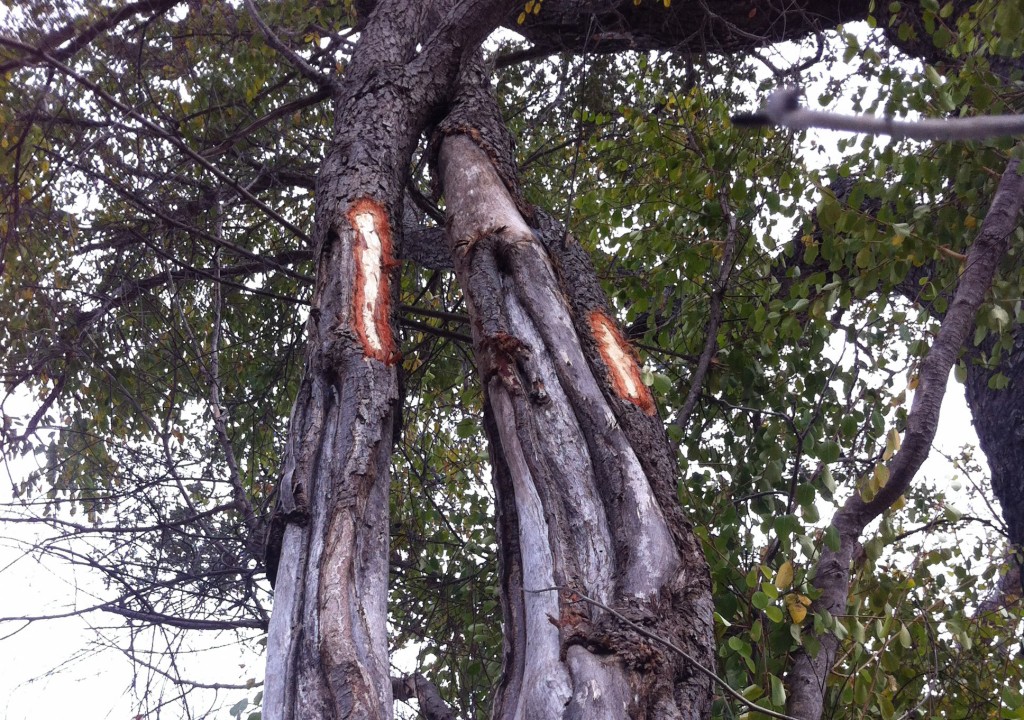
You can see that someone’s stripped bark from this monkey pod tree for malaria treatment. Photo by Liam Brickhill.
Stuck in the bush? Contracted malaria, and no doctor to be found for miles around? Panic not! All you need to do is find a Monkey Pod/Senna petersiana tree (perhaps using one of Meg’s handy guidebooks). Strip a section of bark, and slice a section out of one of the tree’s roots, which are shallow and easy to locate. Put them in water and bring to the boil. Inhale the vapour that lifts off your concoction and voila, malaria conquered. Well, perhaps not quite as easily as that, but our local Zambian guides insisted upon the efficacy of this treatment, having used it themselves, and the tree is so popular as a cure for malaria in this part of the world that it’s becoming increasingly hard to find outside of forest reserves. The specimen we stumbled upon bore the recent scars of a malaria sufferer’s trip to nature’s pharmacy.
6. You can keep humans and elephants apart without hurting anyone
There are elephant corridors on either side of Livingstone, and the pachyderms appear in increasing numbers in the area as the dry season progresses and water becomes scarce away from the Zambezi. This brings them into contact with the people living on the edge of the town, who use ingenious ways of keeping the wandering herds away from their homes and fields. Strung like bunting in a single line between trees in settled areas are shiny foil strips of the sort you might wrap a Christmas or birthday present with. The strips rumple in the wind with a metallic whisper, and their glint can be seen from a kilometre away. The method was originally devised for warding off bears in North America, and was first used in Livingstone to protect a biogas plant from marauding elephants. The combined effect of the sound and light is said to unnerve the elephants, who then avoid the area. “Sandy was looking for the cheapest possible alternative to build this elephant corridor and since this tape wasn’t cheap we came up with the idea of using the inside of trashed crisp packets – the same ones which Greenpop uses for solar cookers,” explained Torsten Kremser, who helped to construct the prototype along with Sandy, a Kenyan who also worked at the plant. “And it worked too!” The method worked so well that it is now used all over the area. At night, people burn dried elephant dung patties mixed with a stingingly strong infusion of bird’s eye chilli, which also puts the elephants off.
7. How to plant a tree
This is, perhaps, the most important thing I learned. I’d never planted a tree before I came out to visit Greenpop’s Trees for Zambia, nor realised just how easy it is. This is how to do it:
1. Dig a hole. Measure the right depth by placing your bagged young tree into the hole. The top of the hole should be approximately two fingers above the level of the soil in the tree’s bag. Make the hole square; the roots of bagged plants grow in a circular pattern as they look for a way out of the bag and a cornered hole gives them something to grip and spread from.
2. Mix two or three spade-fulls of compost into the soil you’ve removed from the hole. Break up any big clumps in the soil.
3. Gently remove the tree from the bag. Place it in the hole, and fill in with the mixed soil. Using your hands and a spade, construct a dammed dish around the planted tree that will stop water run-off away from the tree.
4. Cover with a good layer of mulch, and give it a good watering. One smallish bucket should do.
Got it? Now go and plant a tree!









